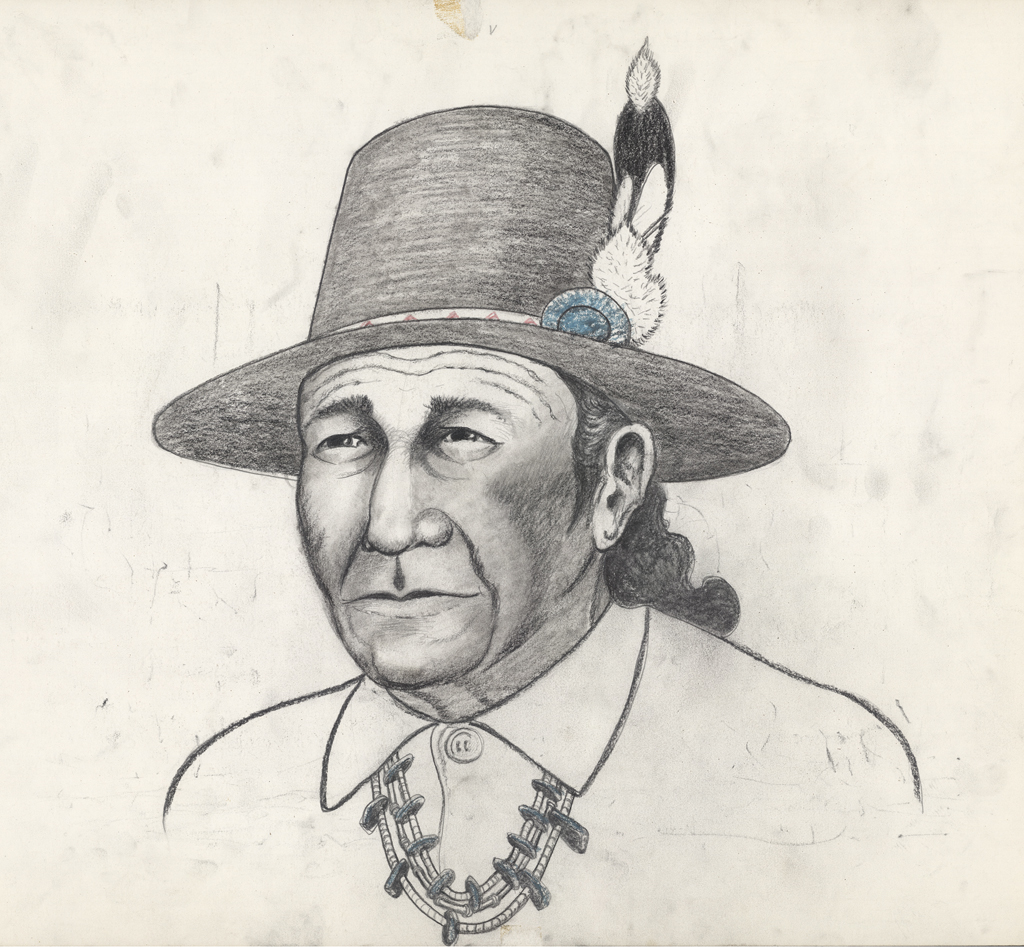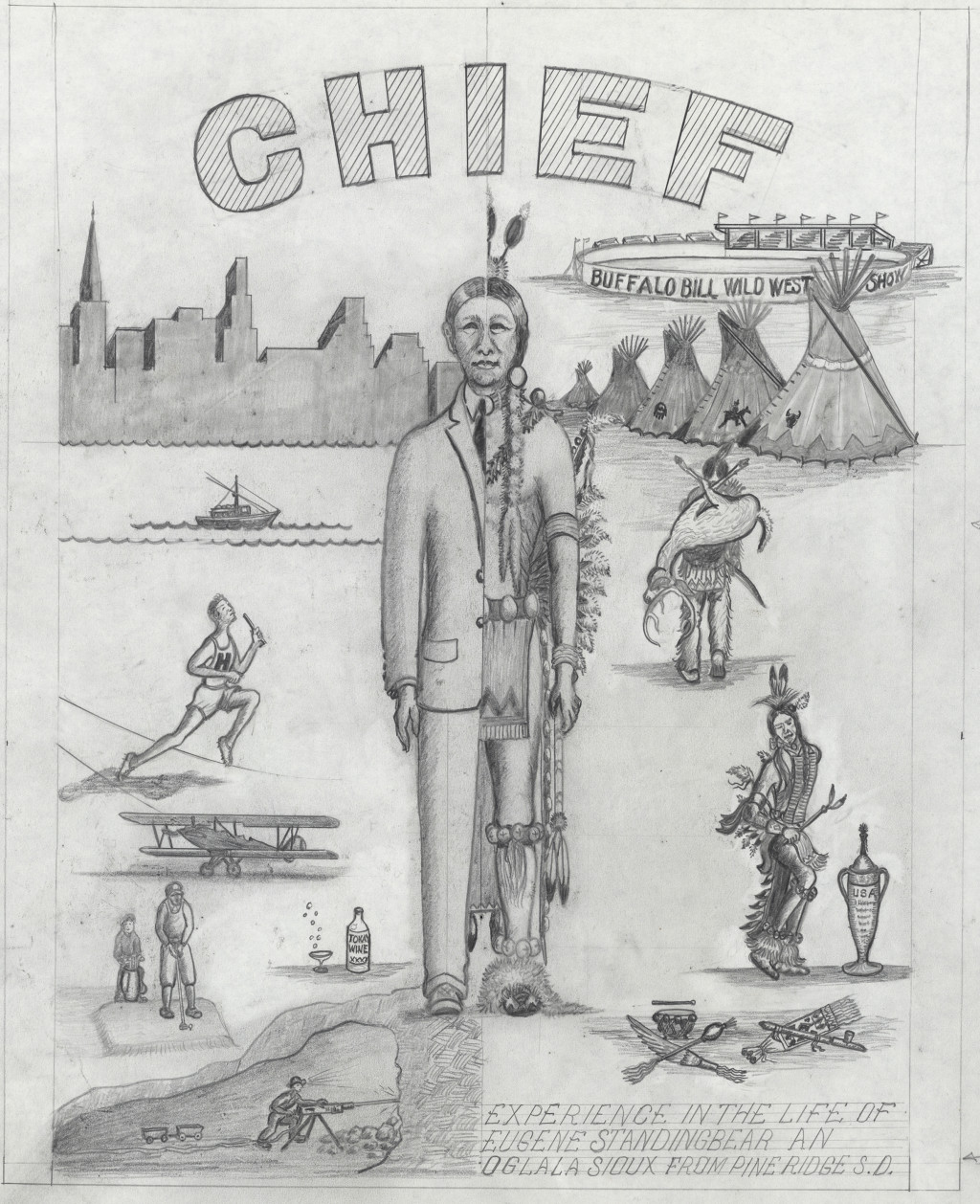Story
Why RACE? Why Now?
How can all of us as Coloradans, together, make our state a better place to live?
It’s with an eye to that very question that we’re hosting the traveling exhibit RACE: Are We So Different? at the History Colorado Center from September 20 through January 4. RACE, developed by the American Anthropological Association in collaboration with the Science Museum of Minnesota, takes a thought-provoking look at race—and racism—in the United States through interactives, historic artifacts, compelling photographs and a wealth of media; and we at History Colorado are putting our state in the picture.
With the changing demographics in Colorado and the changing attitudes toward identity in our country, we saw the opportunity, through this exhibit and our own programming, to bring issues of race into a conversational mode—not to highlight strife but to open and enhance communication among Colorado citizens about who we are. With race playing such a key role in events we see unfolding on a national and worldwide scale every day, the exhibit is very timely.

Eugene Standingbear, self-portrait, about 1975. History Colorado; gift of the Isamu and Katsumi Okada Family. 2014.31/4000191
Compelling works from our own collection are joining the RACE exhibit. A fine example of the complex nature of identity is Colorado’s own Sioux artist Eugene Standingbear, who conveys in his drawings and paintings a pride in his American Indian heritage. He, often at the same time, shows the dual nature of his own upbringing in the worlds of both Native American and white society.

Eugene Standingbear, Chief, about 1970. History Colorado; gift of the Isamu and Katsumi Okada Family. 2014.31/40000159
More than 300 of Standingbear’s works were incorporated into History Colorado’s collection in January, in time for us to add them alongside the RACEexhibit this month. The collection donors, the Okada family, were themselves once caught between two worlds—as the family of Japanese immigrants forced to move from the West Coast in the throes of World War II, when they chose to settle here in Colorado. The impact of that experience helped cement their friendship with Eugene Standingbear and opened an appreciation of his works—art that reflects a life lived in two worlds, and works they thankfully saw fit to share with History Colorado and our audiences.
Colorado’s long legacy of diversity and race continues, as does the complex and challenging nature of identity. We’re delighted to set the stage for a range of experiences and dialogue that will help bring more of us together—as Coloradans.

